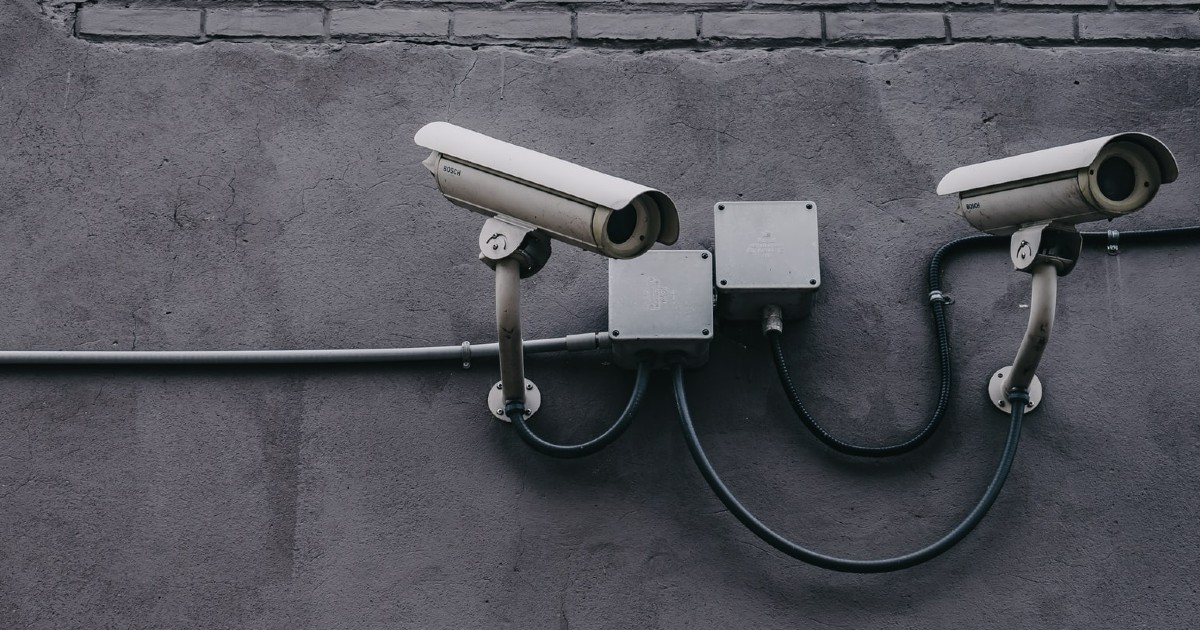If you are new to Trademark, be sure to know that filing a successful trademark application is the first step of protecting your brand and business. But protecting and enforcing a trademark additionally requires not only smartness but also patience. In the process, you may encounter potential unexpected obstacles against your trademark registration, and continuous follow-up and monitoring should proceed.
Here is an overview of the steps you need to take to protect and maintain your trademark that will keep your brand and reputation.
- Select a distinctive mark. Choose a unique and distinctive mark, not a generic name which is merely a descriptive name to your business. Avoid using a mark that is similar or the same as other's mark.
- Judge the possibility of registration. You must search whether your mark is available for registration. You wouldn‘t be able to register if someone else is using a similar mark. By conducting a trademark search, you should look for any trademarks that are likely to cause confusion with yours, such as those that are similar to yours’ or are being used on related goods or services. A trademark search is also called a clearance search, or a trademark clearance.
- Develop a clever and thoughtful strategy. At the time of designating the use of your mark, think in the future use of your mark as well. Get legal advice and trademark consulting in advance. Expand the scope of protection, but not waste unnecessary fees for goods and services you will not use.
- Prepare and file an application: After conducting a trademark search and developing a strategy, think in the future when identifying the specific goods and services that you will use your mark for and file an application to the Korean Intellectual Property Office (KIPO).
- Anticipate a response strategy: In the process of registration, the applicant (the person who filed an application for trademark registration) needs to check potential refusal grounds from the KIPO's Examiner.
The refusal grounds are sometimes simple, but sometimes complex or difficult. To deal with it successfully, getting professional legal advice and consulting is highly recommended.
- Monitor your trademark: Registration usually takes around a year and you should stay in control of the process after filing the application. For instance, someone can file an opposition before the KIPO to try to stop your mark from being registered. And once registered, you should monitor filings and oppose similar applications too. You should be also ready to stop infringement sending cease and desist letters, or file a lawsuit if necessary.
- Use your mark: Upon registration, use your trademark in your business. According to the Korean Trademark Act (KTA), a registered trademark should be used within 3 years from the registration date. If not used, a non-use cancellation action may be filed which ultimately may cancel your trademark rights. Furthermore, if the trademark has not been used for certain goods or services, the pertinent goods/service may be canceled from your trademark registration.
- Maintain your trademark: Avoid registration cancellations, stay on time to renew your mark. Trademarks may be renewed indefinitely if they are used and renewed by paying the required fees. The registration is effective for 10 years and thus, it is important to keep a record of the dates and renew every 10 years to avoid losing your mark.
In addition to cancellation, your registered mark can be invalidated if an interested party considers that your mark is affecting theirs. The grounds for invalidation actions include lack of inventiveness, the likelihood of confusion, or a mark filed in bad faith to take advantage of another’s brand and business.



![[FAQs] When Is the Right Time to Trademark My Brand?](https://ipms-content.piip.co.kr/article-images/1623808093933/ba8ca09e-7cb6-4f7a-a640-e7d6dc5c7315/Right_Time to_Trademark_Your_Brand.jpg)
![[FAQs] Why Do Trademarks Matter to My Business?](https://ipms-content.piip.co.kr/article-images/1623806694997/2fee6ec8-f17c-4040-846e-7d1d32cff396/why_do_trademarks_matter_to_your_business.jpg)